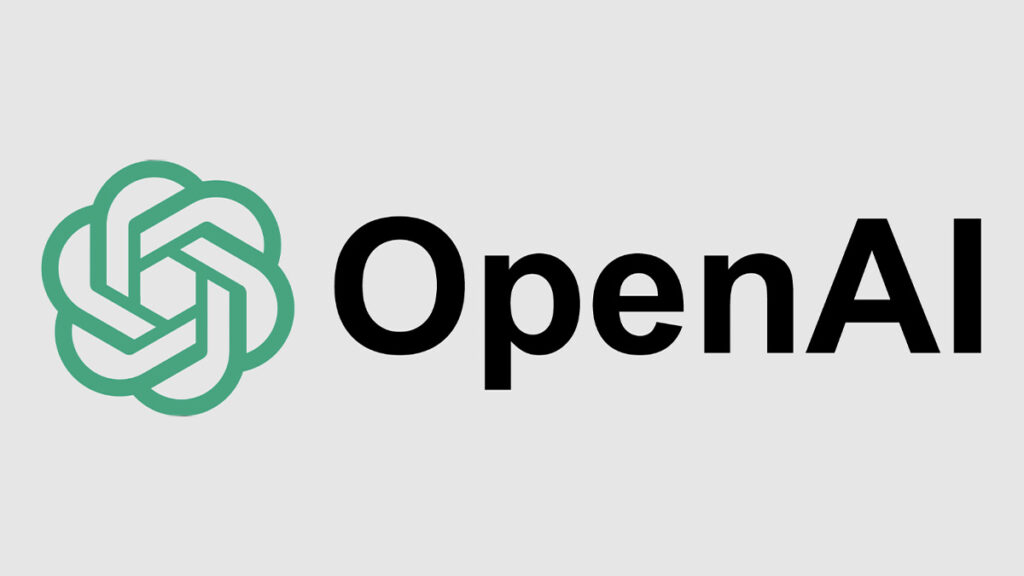Big news from Google DeepMind! On June 24, 2025, they dropped their Gemini Robotics On-Device model, a super cool AI that lets robots do their thing without an internet connection. This vision-language-action (VLA) model is like a brain for robots, helping them tackle tricky tasks like two-handed jobs and adapt to new stuff crazy fast. It’s a total game-changer for robotics, and we’re here to break it down—what it is, why it’s awesome, and how it’s going to shake up industries and dev work.
The Rise of Offline AI in Robotics
Okay, so most robots with AI brains usually need the internet to think. They lean on cloud servers to crunch big data for stuff like making decisions or figuring out their surroundings. But that’s a problem if you’re in a spot with no Wi-Fi—like a warehouse, a far-off factory, or a disaster zone. Plus, cloud stuff can be slow, risky for security, and just plain annoying. Enter Google DeepMind’s Gemini Robotics On-Device model, which runs right on the robot. No internet needed, super fast, and way more secure.
This bad boy builds on DeepMind’s earlier Gemini Robotics and Gemini Robotics-ER models from March 2025. Those were great for cloud-based stuff, but this on-device version is like the scrappy, go-anywhere cousin that still packs a punch. It’s DeepMind’s way of bringing AI to real-world robot action, and it’s got everyone hyped.
What Makes Gemini Robotics On-Device Unique?
This model’s got some serious swagger. It’s not just another AI—it’s built to make robots smarter, faster, and more flexible. Here’s what makes it stand out:
The Gemini Robotics SDK: Devs, This One’s for You!
DeepMind didn’t just stop at the model—they also launched a Gemini Robotics Software Development Kit (SDK) to let developers play with this AI. It’s their first SDK for a VLA model, and it’s packed with goodies:
This SDK’s a big deal—it’s like handing devs the keys to build custom robot solutions for everything from warehouses to hospitals.
Real-World Applications
So, where’s this tech going to shine? Pretty much everywhere! Here’s a peek at what’s possible:
How It Stacks Up Against Competitors
DeepMind’s not alone in the robot race—Tesla’s got its Optimus bot, and Boston Dynamics is rocking Atlas and Spot. But Gemini Robotics On-Device has some tricks up its sleeve:
That said, DeepMind admits their cloud-based Gemini Robotics hybrid model still beats the on-device one for some heavy-duty tasks. If you’ve got solid internet and don’t mind the cloud, that’s still the top dog. But for a “starter model,” the on-device version is super versatile.
The Broader Impact on Robotics and AI
This model’s a big step toward making robots more independent and useful. By cutting out the cloud, DeepMind’s tackling big hurdles like lag, cost, and data privacy. It’s part of a bigger trend toward edge computing, where devices handle their own thinking to stay fast and secure.
Plus, this model’s all about embodied reasoning—mixing visuals, language, and actions to make robots act more like humans. That’s a huge deal for building general-purpose robots that can handle all sorts of tasks in messy, real-world settings.
From a big-picture view, DeepMind’s focus on safety and ethics is clutch. As robots pop up more in our lives, we need to know they’re safe and vibe with human values. Their work with the Responsible Development and Innovation team and the Responsibility and Safety Council shows they’re serious about doing this right.
What’s Next for Gemini Robotics?
DeepMind’s not slowing down. Here’s what’s on the horizon:
Conclusion
Google DeepMind’s Gemini Robotics On-Device is a total rockstar, bringing hardcore AI to robots without needing the internet. It’s fast, flexible, and can learn new tricks in a snap, opening doors for everything from factory bots to disaster responders. With the new SDK and a big focus on safety, DeepMind’s giving devs and industries the tools to make robots smarter and safer than ever.
As robotics keeps leveling up, this model puts DeepMind at the front of the pack, making AI-powered machines a bigger part of our world. If you’re a dev or business looking to ride this wave, check out DeepMind’s trusted tester program to get in on the action. The future of robots is here, and it’s looking pretty dope.

